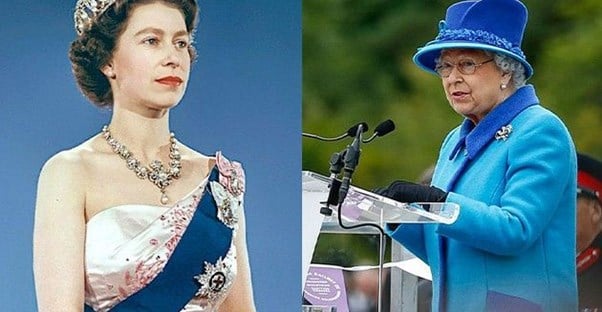The Surname Windsor was Based on the Castle.

After King George V abandoned his family name of Saxe-Coburg-Gotha, the royal house was Christened The House of Windsor. This became the official surname of the British royal family. The name was based on the historical Windsor Castle which is a royal residence in the English county of Berkshire.
Windsor Castle was founded nearly 1,000 years ago by William the Conqueror in the 11th century. Since Henry I, whose reign began in 1100, the castle has continued to be used by a reigning monarch. As such, it is the longest occupied palace in Europe. While some of the original structure remains, much of it was rebuilt in the 17th century.
Buckingham Palace Has Its Own ATM.

Buckingham Palace has its own ATM machine in-house. As the King’s primary residence, he needs to be able to have quick access to cash whenever he needs it. Because you never know when the King needs to fill up his stomach at the taco truck or go to the strip club.
But seriously, it must be nice to have an easy place to get cash without driving around looking for an ATM machine. What would be the point in being king if you didn’t have access to all the convenience features that you possibly could? There would be no point.
Only Ruling Monarchs will Receive Roman Numerals.
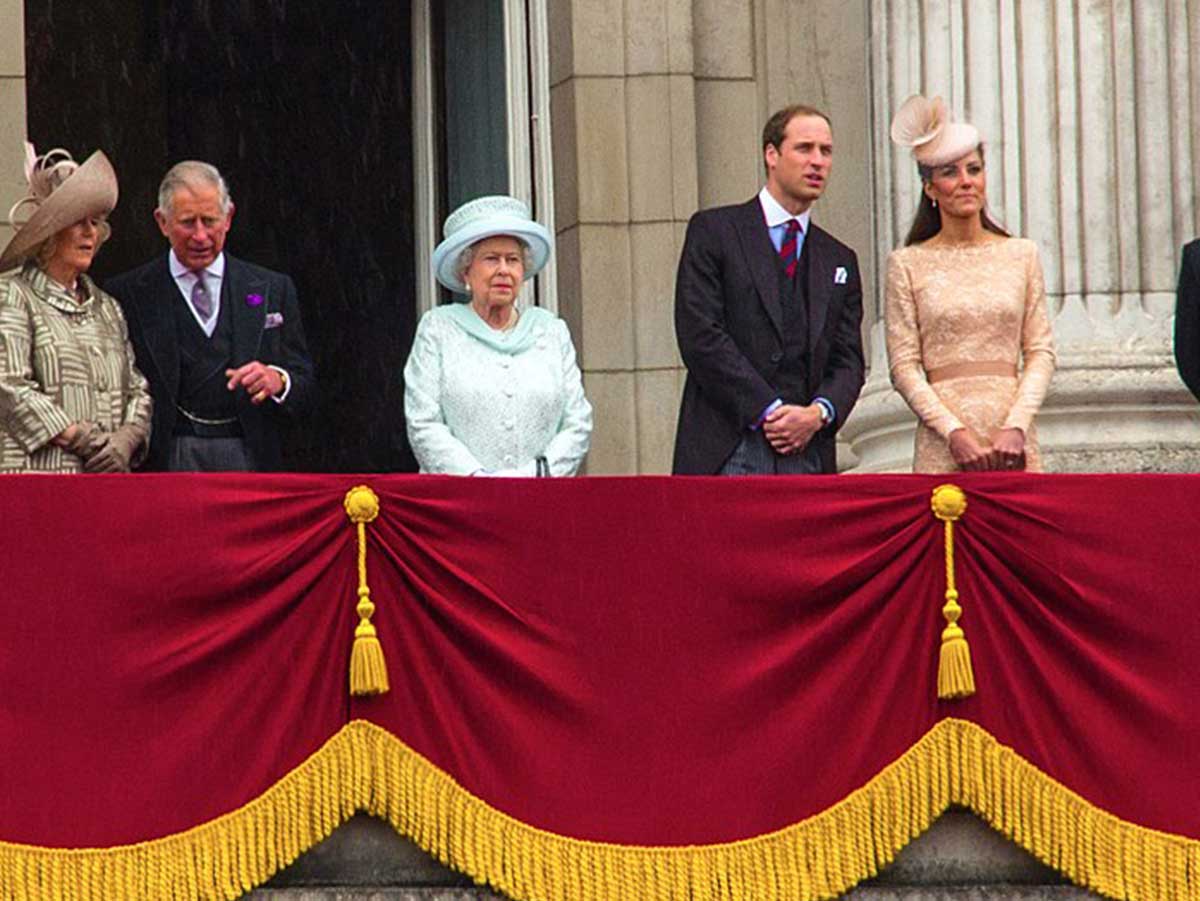
Ever wondered how the Roman numerals work? Were there really only two Elizabeths in British history? It doesn’t seem likely and that’s because it’s not the case. On ruling, monarchs will receive the Roman numerals in their name, or at the very least, they must be regnant.
Elizabeth II’s mother was also named Elizabeth but her mother was not Elizabeth II, nor she Elizabeth III, because her mother was not a ruling queen. Furthermore, she was not Queen Regnant. Since she was only married into the family, that made her queen consort.
During the King’s Speech, a Member of Parliament is Taken Hostage, as per Tradition.
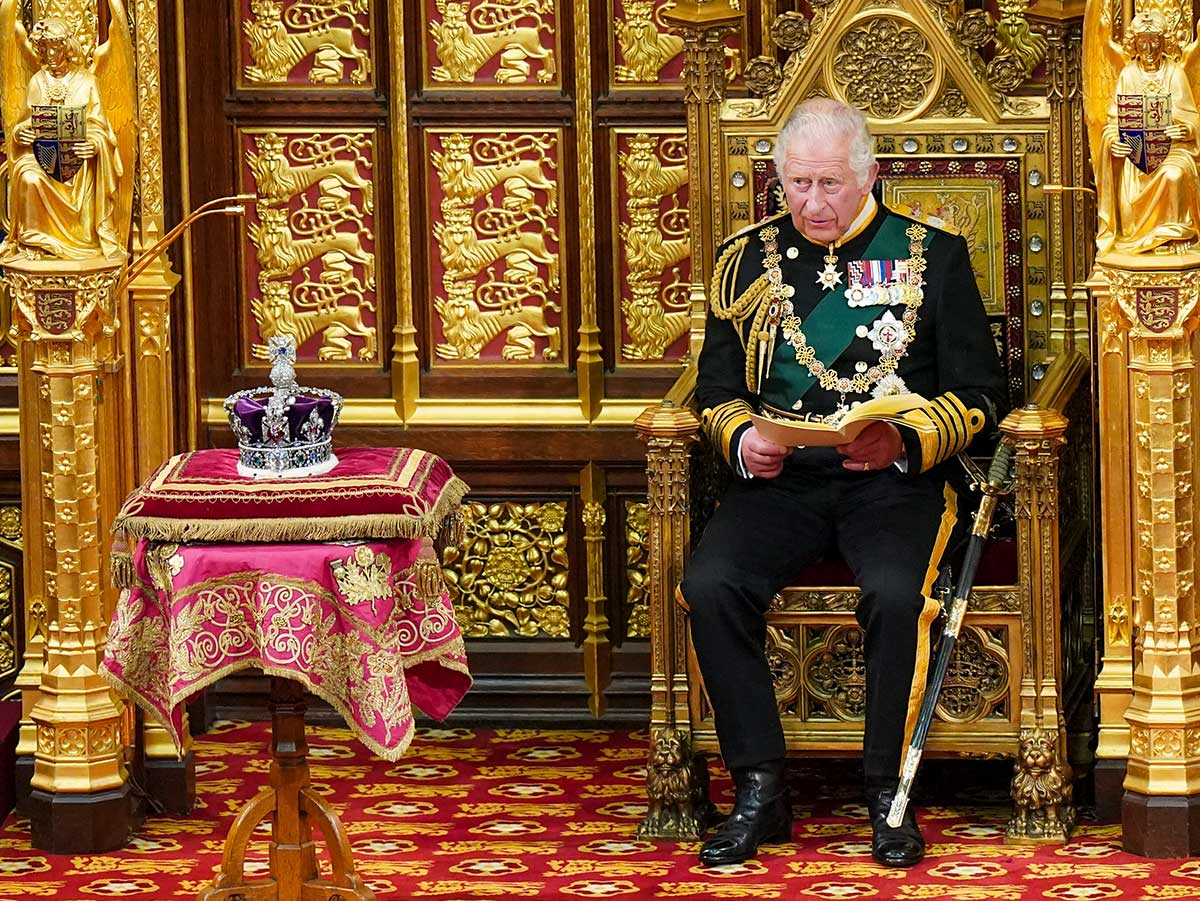
In a tradition that dates back to Charles I of England, a member of parliament is taken hostage whenever the King or Queen, or their representative, gives a speech before Parliament. This tradition is largely ceremonial but harkens back to the tense relationship that Charles I had with Parliament.
In an emergency situation, nonetheless, it is unlikely that they would hold onto the hostage. The Queen kept up this tradition and it is likely that King Charles III will as well as he has already upheld it in the past, back in May 2022.
One of the hostages was James Morris who who explained the tradition saying:
“And I am the Vice Chamberlain of the Royal Household, and in modern tradition it is the Vice Chamberlian who gets taken hostage in the palace while the monarch or her representatives is here, and I will be kept in the palace until the Queen's speech is over.”
Prince Albert and Queen Victoria were First Cousins.
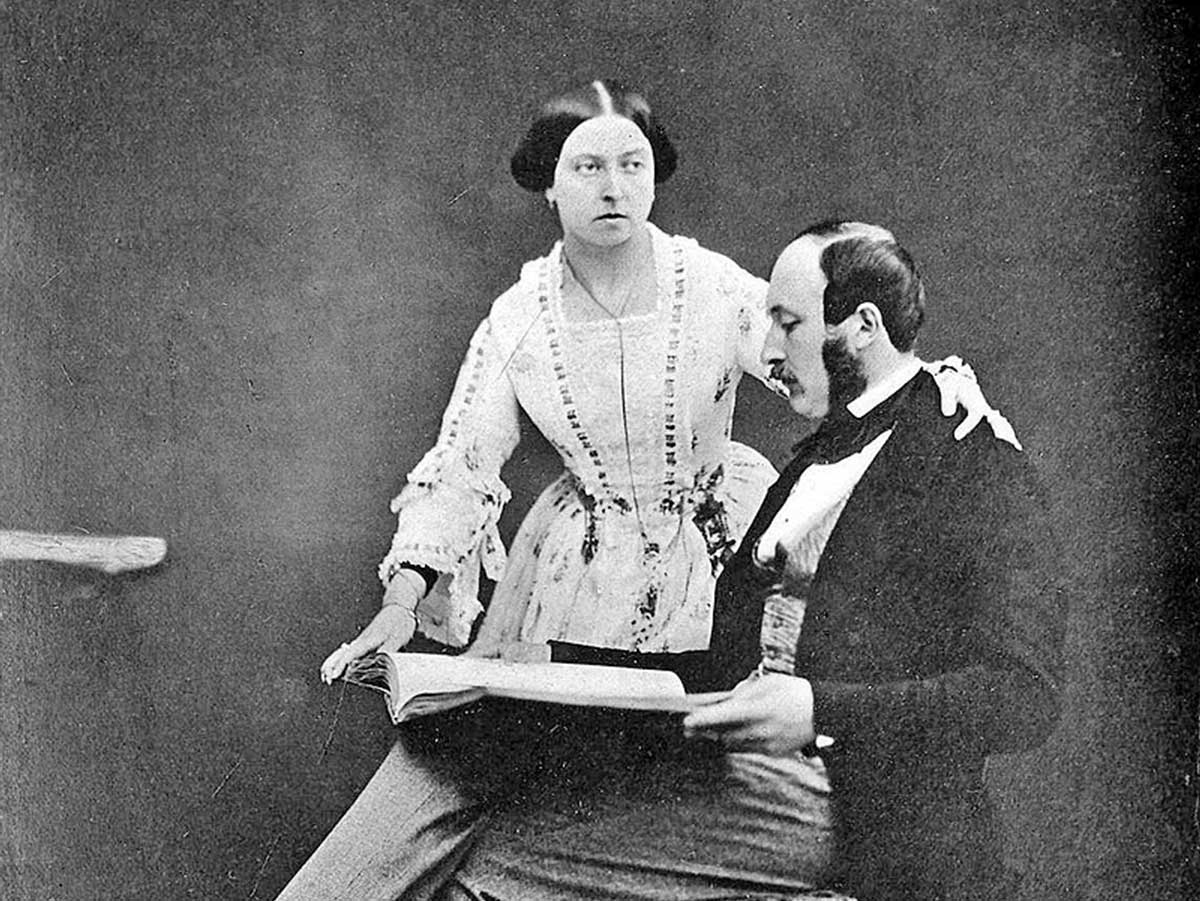
Intermarriage was quite common in the early 20th century, so it was no surprise then that Prince Albert and Queen Victoria were first cousins. Their family would end up occupying many countries as their descendants wound up in palaces in Greece, Denmark, Russia, Norway, Spain and Germany, among others.
One of their sons was King Edward VII, and his son was King George V. His reign began just a decade before WWI. At that time, in 1917, he would end up abandoning his family surname of Saxe-Coburg-Gotha due to anti-Germanic sentiments of the time period as a result of war tensions.
Edward VII was sometimes referred to as “Edward the Caresser”

Edward VII was known as “Edward the Caresser” due to his many lovers as king. The great-grandfather of Elizabeth II dated a famous French actress Sarah Bernhardt, and as well as Jennie Churchill — the mother of British icon and Prime Minister Winston Churchill. Edward VII was said to have as many as 55 mistresses.
But it wasn’t all womanizing for Edward VII. His work as king was instrumental in the modernization of the British Home Fleet. He also reorganized the British Army after the nearly three-year-long Second Boer War. Additionally, he reintegrated traditional royal ceremonies and customs that were previously ignored.
Edward VIII Abdicated the Throne.
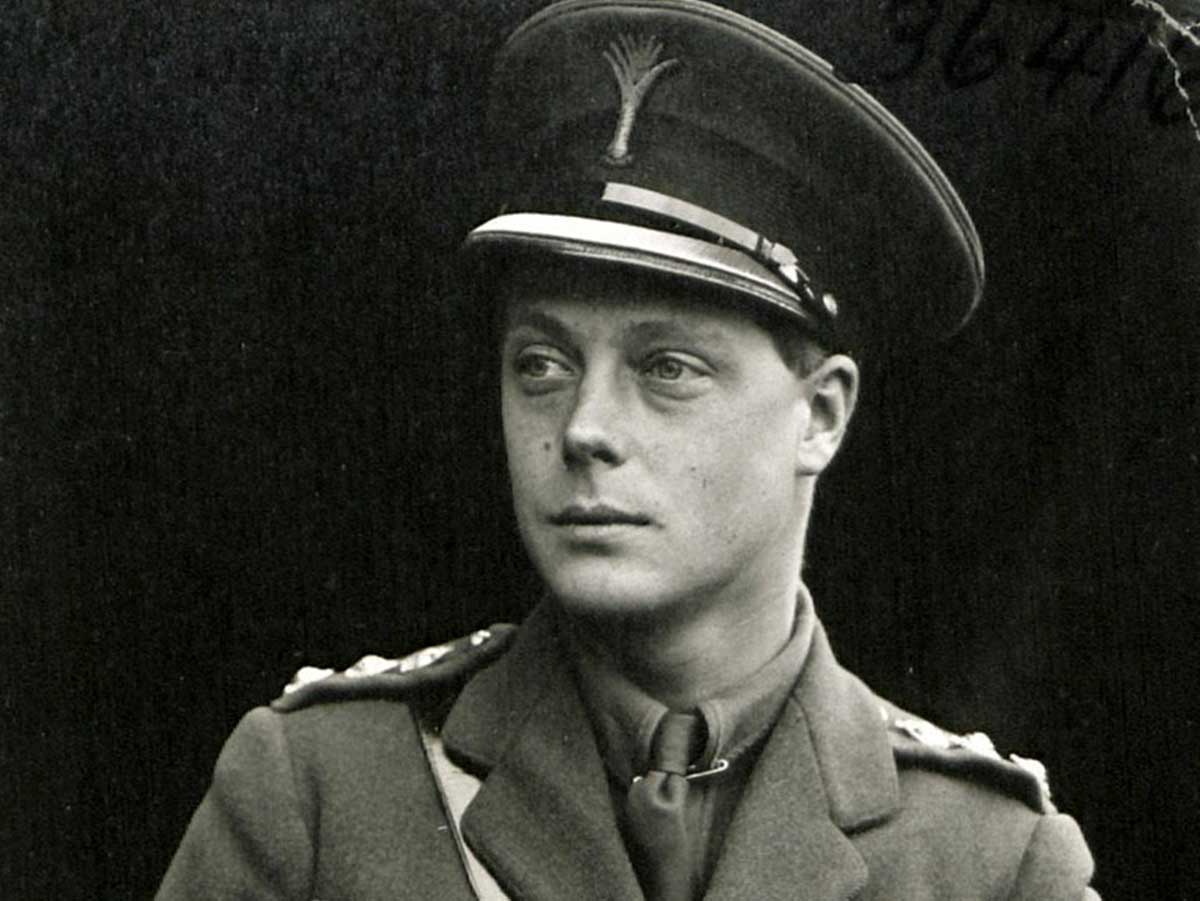
Edward VIII was set to rule after his father King George V had died. However, Edward VIII ultimately chose love over the throne when he abdicated to marry Wallis Simpson. His choice was of bride was far too controversial for the crown since she was twice divorced and divorce was against their Catholic ways.
Edward VIII reigned for less than a year before he gave up the crown. Already, however, Edward VIII showed a disregard for court protocol and his engagement to Wallis took that one step further. After abdicating, Edward VIII became the Duke of Windsor. He remained married to Wallis until he died in 1972.
The Royal Family Chose to Stay During WWII.

During WWII, it was advised that the Queen Mother and her children, including the future Elizabeth II, leave Buckingham Palace for their safety. Advised to go to another country, like Canada, the royal family refused to leave. In response to this she said, “The children won't go without me. I won't leave the King. And the King will never leave.”
Buckingham Palace ended up getting bombed in September 1940. The king and queen were in the Palace at the time but they survived the attack, fortunately. After the bombing, the Queen Mother said "I am glad we have been bombed. Now we can look the East End in the eye."
There was an Attempt to Kidnap Princess Ann.

The royal family certainly wouldn’t be as interesting without all the drama and there’s been no shortage of it over the years. In one incident, there was a kidnapping attempt on Princess Anne by a man named Ian Ball in 1974. The conspiring kidnapper had shot several men in his attempt.
Princess Anne and Mark Phillips had just left a charity event before Ball came out of a Ford Escort, guns-blazing. While her bodyguards failed to take out the shooter, a former boxer named Ron Russell punched the ball in the back of the head and helped the Princess escape. Following this, a police constable was shot and there was a police chase that ended will Ball’s arrest. He plead guilty to attempted murder and kidnapping and is still in prison to this day.
Margaret and Anthony Armstrong-Jones Had the First Divorce Since the 1500s.
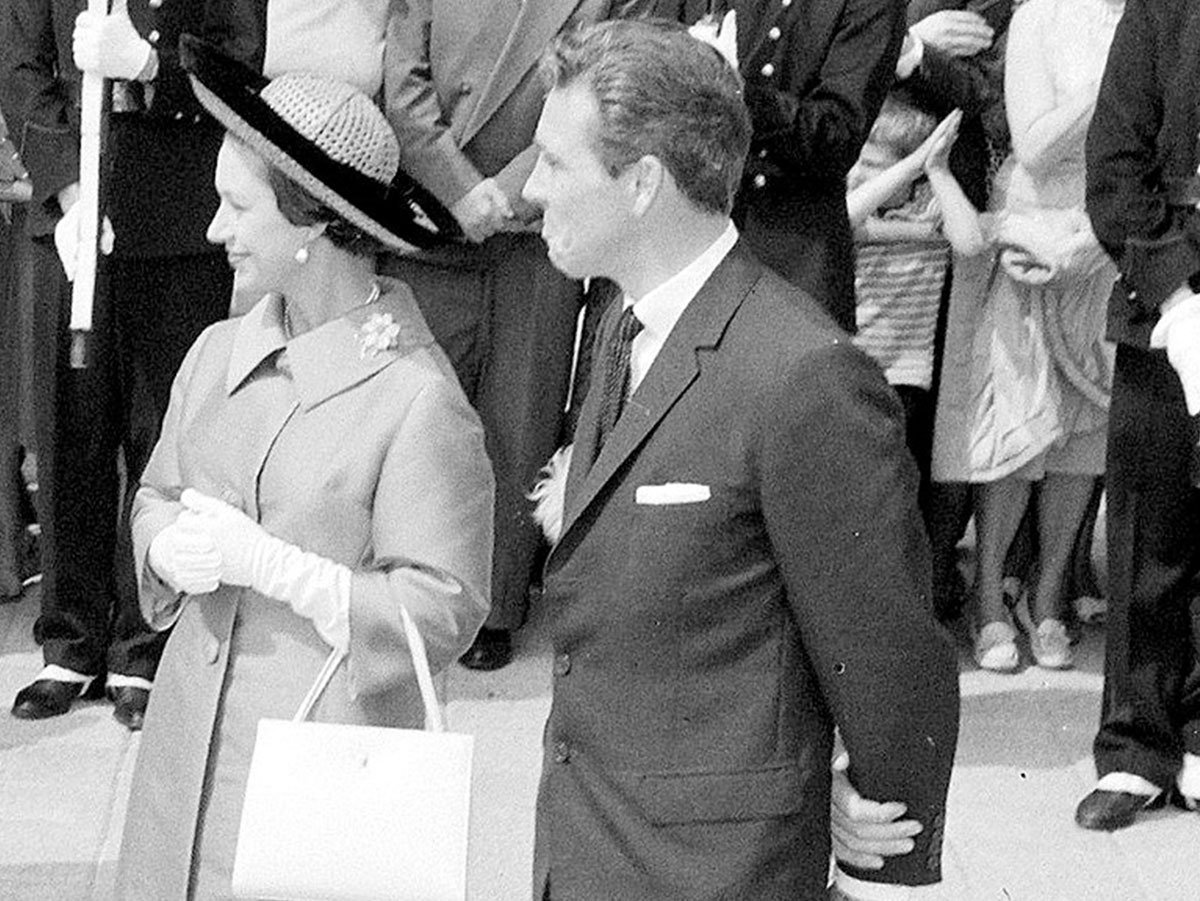
Margaret and Anthony Armstrong-Jones had the first televised royal wedding. Their aired nuptials drew in about 300 million viewers worldwide. At that time, it was a lot but Princess Diana and Prince Charles's wedding would draw in 750 million — for a little perspective.
But their wedding wasn’t their only royal accomplishment. Their divorce was also the first since the 1500s when Henry VIII became the very first monarch to divorce his wife, an act that opposes Catholic beliefs. The coupled was married from 1960 to 1978. Princess Margaret would never remarry.
Princess Diana Didn’t Promise to Obey in Her Wedding Vows.

Princess Diana didn’t promise to obey in her wedding vows. The promise to “obey” was once included in the royal wedding vows, but in time, as attitudes have changed, that has slipped away. Princess Diana was among the first to exclude the bit about obedience to her husband and really set the precedence for it.
Lady Diana Spencer and Prince Charles married back in 1981, and since then, the wives of her sons have also omitted the part about obeying. Both Kate Middleton and Meghan Markle have shown to be duchesses of the modern age, following in Lady Diana’s footsteps.
There Has Been at Least 14 Generations of Corgis at Buckingham Palace.
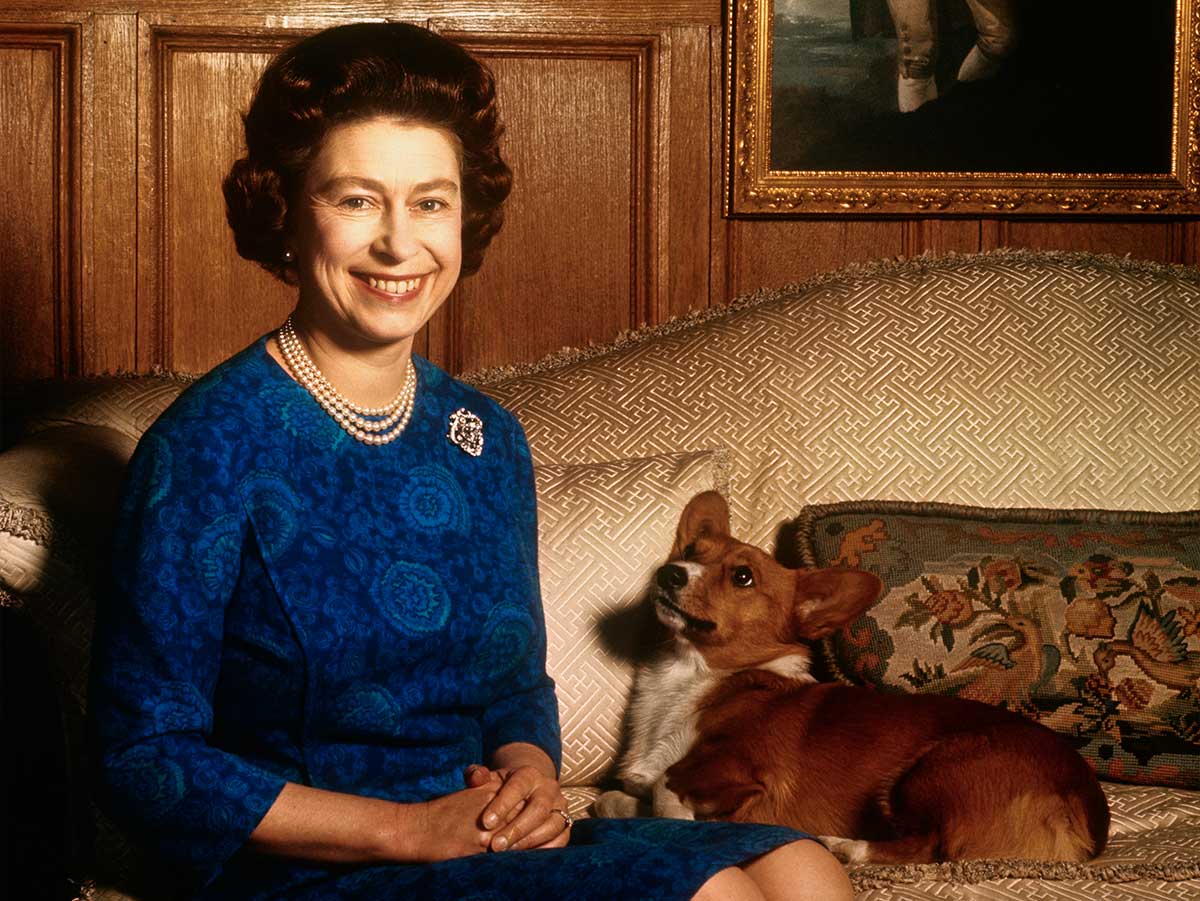
Buckingham Palace was once the location of a corgi breeding ground. The Queen herself oversaw the program for breeding Pembroke Welsh Corgis. A huge fan of these dogs since childhood, thanks to her parents, the Queen ended up owning more than 30 corgis from the time she became Queen until her death.
The royal corgis, as they are often referred to, were highly publicized in Vanity Fair's Summer 2016 edition magazine. The corgis lived a life of luxury under the Queen’s supervision. They slept in elevated wicker baskets, indulged in a menu of gourmet food hand delivered by a chef, and at Christmastime received a stocking full of toys and treats.
The Queen has Sent Out Thousands of Birthday Notes.
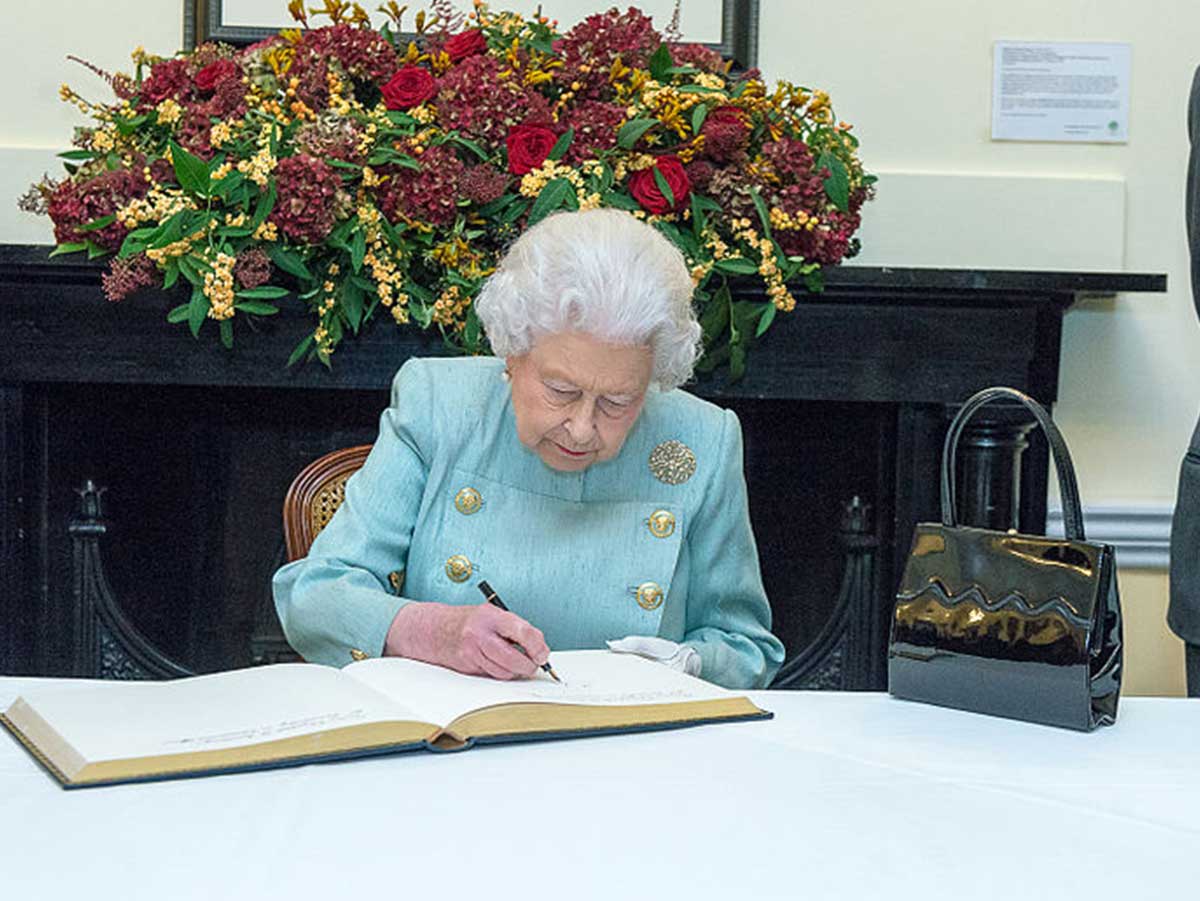
Being the Queen isn’t all fun and games. Sometimes it's about being super polite and that can mean a lot of work sometimes. Over her reign as queen, Elizabeth II had sent out over 200,000 birthday messages over the years. They were sent out to centenarians and various Commonwealth countries.
It’s important to note that much of the monarch’s duties are ceremonial. The actual power of the King or Queen has been reduced since England’s Bill of Rights of 1689, which limited the monarchs’ power significantly. At this point, the monarchy exists in Britain to uphold a tradition — and let’s face it: tourism.
The Queen Had Someone to Break-in Her Shoes.
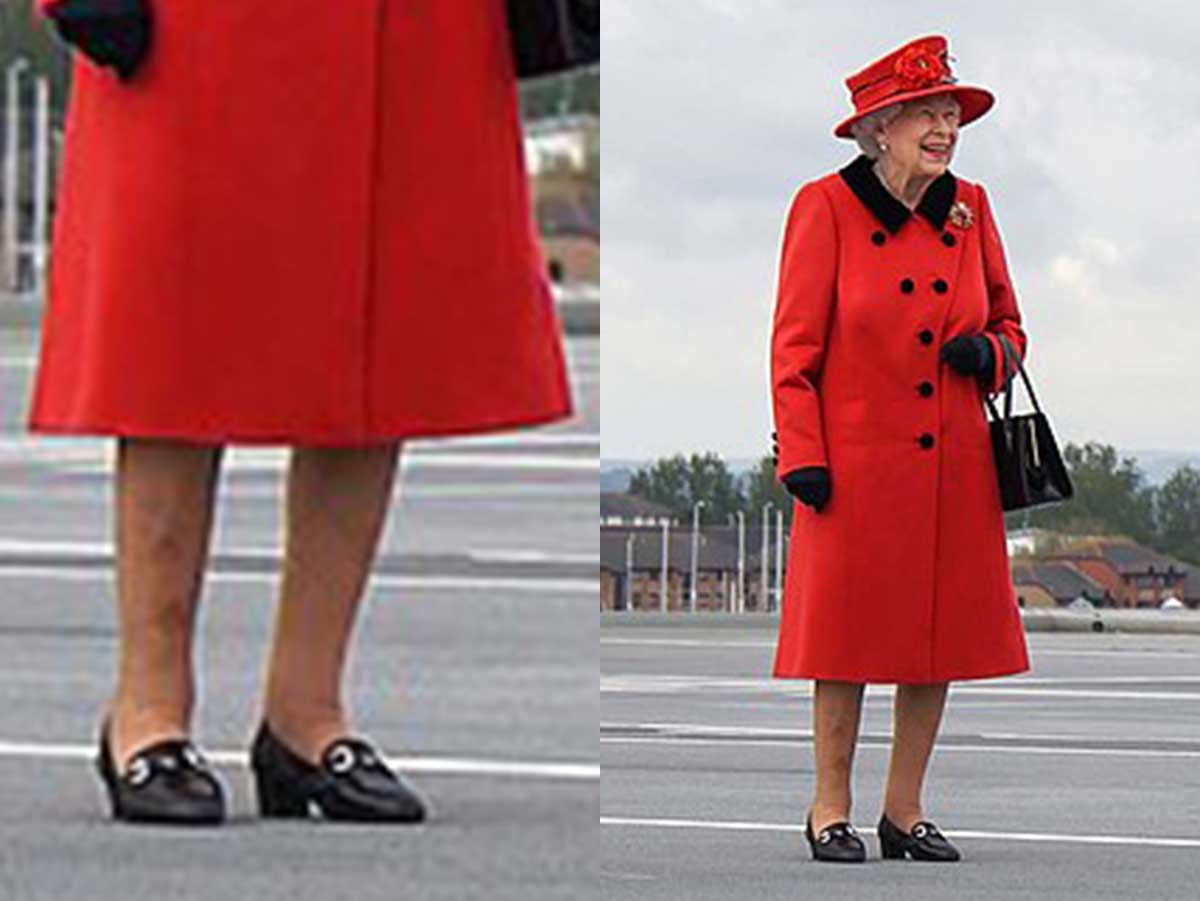
The worst part of buying new shoes is how uncomfortable they can be when you first start wearing them. You always have to start breaking them in so they can comfortable fit the contours of your feet. Fortunately for her, Elizabeth II never had to deal with all that nonsense.
It seems the Queen had an unofficial shoe wearer who would break in her shoes for her. Elizabeth II’s official dresser, Angela Kelly, took on that task since she and the Queen had a similar shoe size. But now with the passing of Elizabeth II, it seems Angela will just be wearing her own shoes from now on.
Elizabeth II was the Second Longest-Reigning Monarch.
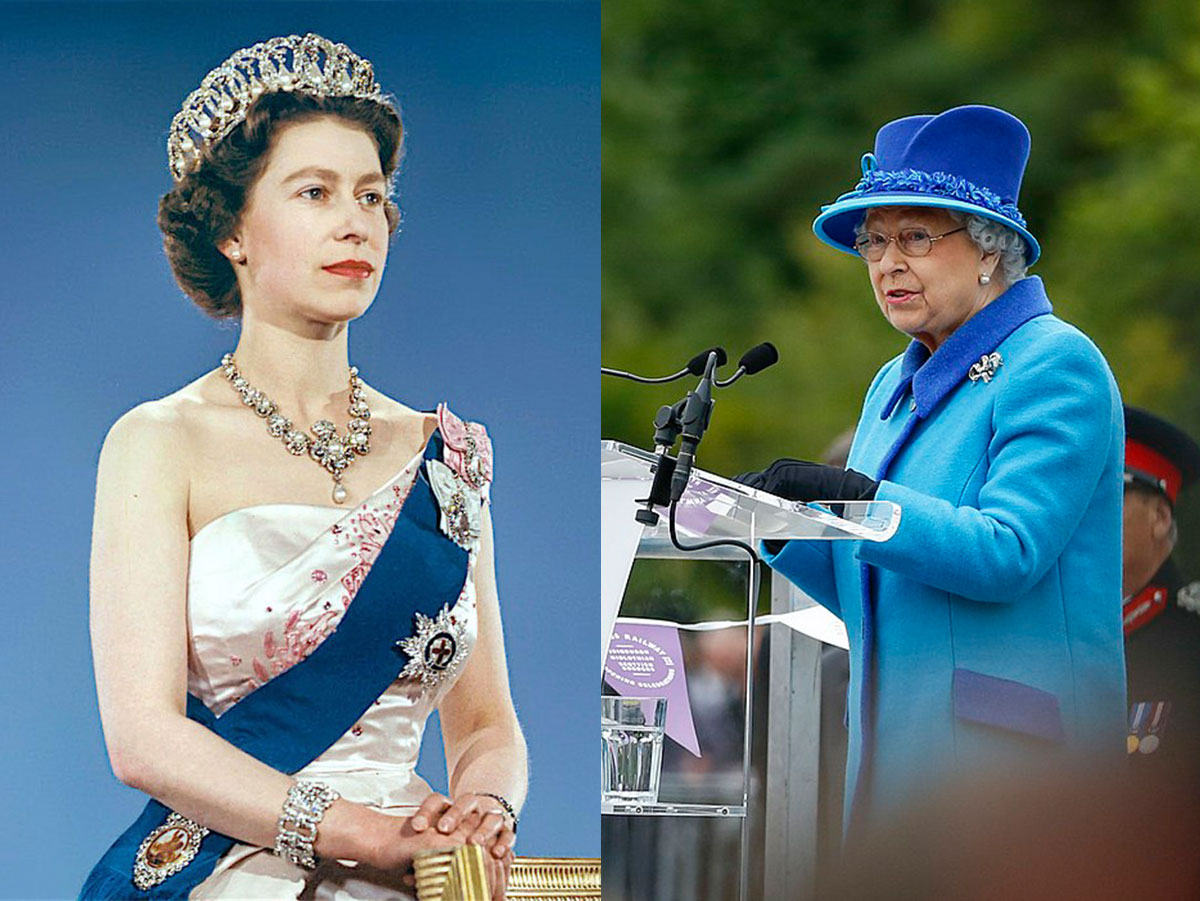
Queen Elizabeth II wasn’t even born as an heir to the throne but she ended up as one of the longest-reigning monarchs in history. Having reigned over the UK and its commonwealth for 70 years, she be the came second-longest reigning monarch behind Louis XIV of France. And for Britain, she was number one.
Since she wasn’t a son, Elizabeth II was not seen as a successor but since her mother and father never had any sons, and thus she became the next in line. It should be noted, however, that as of 2013, the Succession to the Crown Act of 2013 ensures that female heirs are no longer passed up in the line of succession.
(Image via: Unknown / Library and Archives Canada, CC BY 2.0 via Wikimedia Commons; Scottish Government, CC BY 2.0 via Wikimedia Commons)
 Author
Rachel Downs
Last Updated: March 29, 2024
Author
Rachel Downs
Last Updated: March 29, 2024
